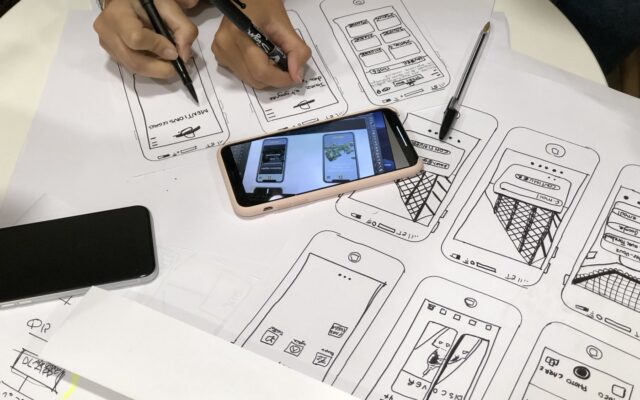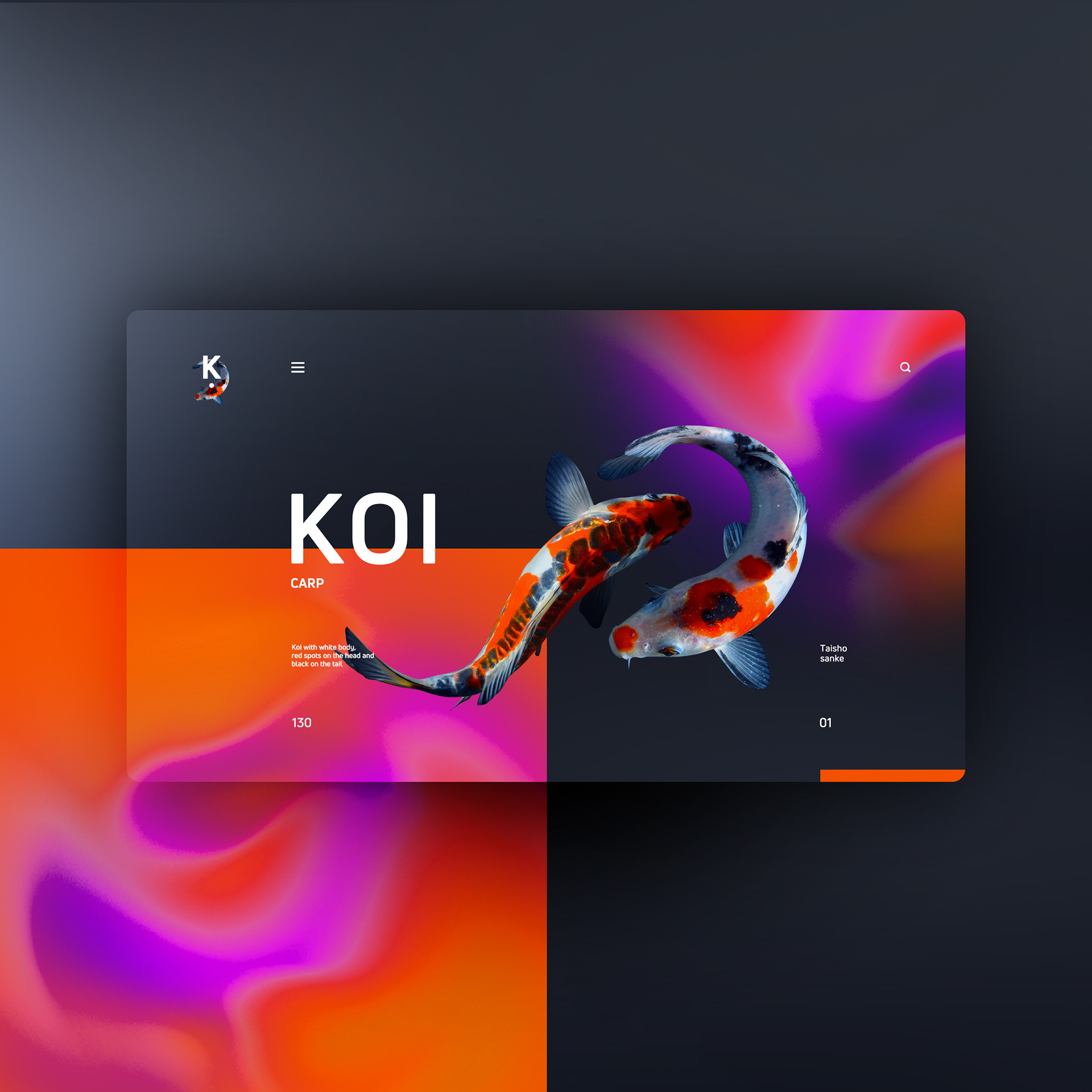E-commerce design is the process of creating an online store that is visually appealing, easy to navigate, and converts visitors into customers. The goal of e-commerce design is to create an enjoyable and seamless user experience that leads to increased sales and customer loyalty.
- Keep it simple: A clean and simple design is essential for any e-commerce website. Visitors should be able to find what they are looking for quickly and easily. Avoid clutter and unnecessary elements that can distract or confuse the user.
- Use high-quality images and videos: High-quality images and videos are essential for showcasing your products. They help to build trust and credibility with your customers and can also increase conversion rates. Make sure to use clear, well-lit images that accurately represent your products.
- Make it mobile-friendly: With more and more people using their mobile devices to shop online, it’s essential to ensure that your e-commerce website is mobile-friendly. This means that the website should be optimized for smaller screens and touch-based navigation.
- Use clear and concise product descriptions: Product descriptions are an important part of e-commerce design. They should be clear, concise, and informative. Make sure to include all relevant information, such as dimensions, materials, and care instructions.
- Implement easy navigation: Navigation is crucial for an e-commerce website. Visitors should be able to find what they are looking for quickly and easily. Use clear and intuitive navigation menus, and include search functionality to make it easy for visitors to find specific products.
- Include customer reviews: Customer reviews can be a powerful tool for increasing trust and credibility with your customers. Make sure to include reviews on product pages, and consider including a section on your homepage that showcases your best reviews.
- Optimize for conversions: The ultimate goal of e-commerce design is to increase conversions. This means making it easy for visitors to find what they are looking for, and to complete their purchase. Make sure to include clear calls-to-action, such as “add to cart” buttons, and consider implementing features like live chat or an FAQ section to help visitors with any questions or concerns they may have.
- Test and optimize: Finally, it’s essential to regularly test and optimize your e-commerce website. Use tools like A/B testing to try different design elements and see what works best. Pay attention to metrics such as bounce rate and conversion rate to see how your visitors are interacting with your website.
In conclusion, a well-designed e-commerce website is essential for any business looking to sell products online. By following these best practices, you can create a website that is visually appealing, easy to navigate, and optimized for conversions. Regular testing and optimization will help you to improve the user experience over time and increase sales.
Source : https://hexcolor.co/hub/e-commerce-homepage-examples-cro-best-practices


